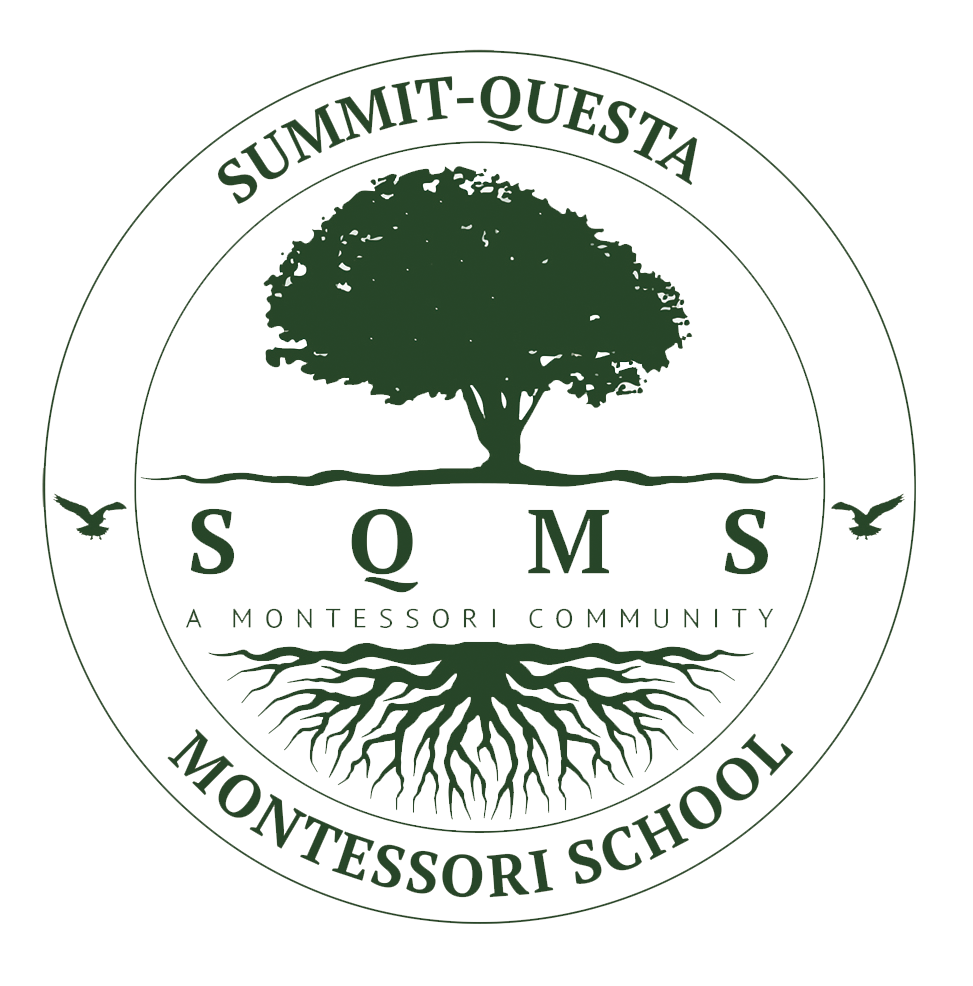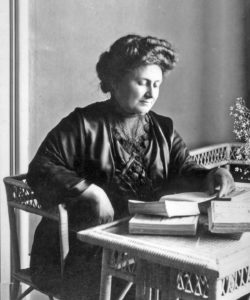Empowering children to explore, create, and grow through purposeful independence and joyful discovery.
Montessori is a philosophy with the fundamental tenet that a child learns best within a social environment which supports each individual’s unique development.
Dr. Maria Montessori, the creator of what is called “The Montessori Method of Education,” based this new education on her scientific observations of young children’s behavior...
She called it “A Children’s House,” and based the program on her observations that young children learn best in a homelike setting...
Montessori's Dynamic Principles
- Children are to be respected as different from adults and as individuals who are different from one another.
- Children create themselves through purposeful activity.
- The most important years for learning are from birth to age six.
- Children possess unusual sensitivity and mental powers for absorbing and learning from their environment.
She carried her message throughout the world, including the U.S. as early as 1912... followed by the American Montessori Society in 1960.
The Whole Child Approach
The goal is to help each child reach full potential—socially, emotionally, physically, and cognitively...
The Prepared Environment
The environment, materials, and social climate are intentionally designed to support learning and build self-confidence...
The Montessori Materials
Dr. Montessori developed multi-sensory, self-correcting materials to promote skill-building and abstract thinking...
The Montessori Teacher
Serving as guide and observer, the teacher prepares the environment and offers tailored support to each child...
Freedom Within Limits
Montessori classrooms foster independence with boundaries—respecting individual pace, collaboration, and community values.
Multi-Age Classrooms
Three-year age spans create a family-like setting that promotes leadership, mentorship, and natural language experiences...
Creativity and Expression
Children engage in art, music, storytelling, and drama, supported by materials that nurture sensory and expressive exploration.
Adaptability and Confidence
Montessori children become independent thinkers, communicators, and time managers—prepared for any environment.
Self-Esteem and Lifelong Success
Montessori builds confidence through self-directed, non-competitive learning—proven to foster strong self-esteem and optimism.


